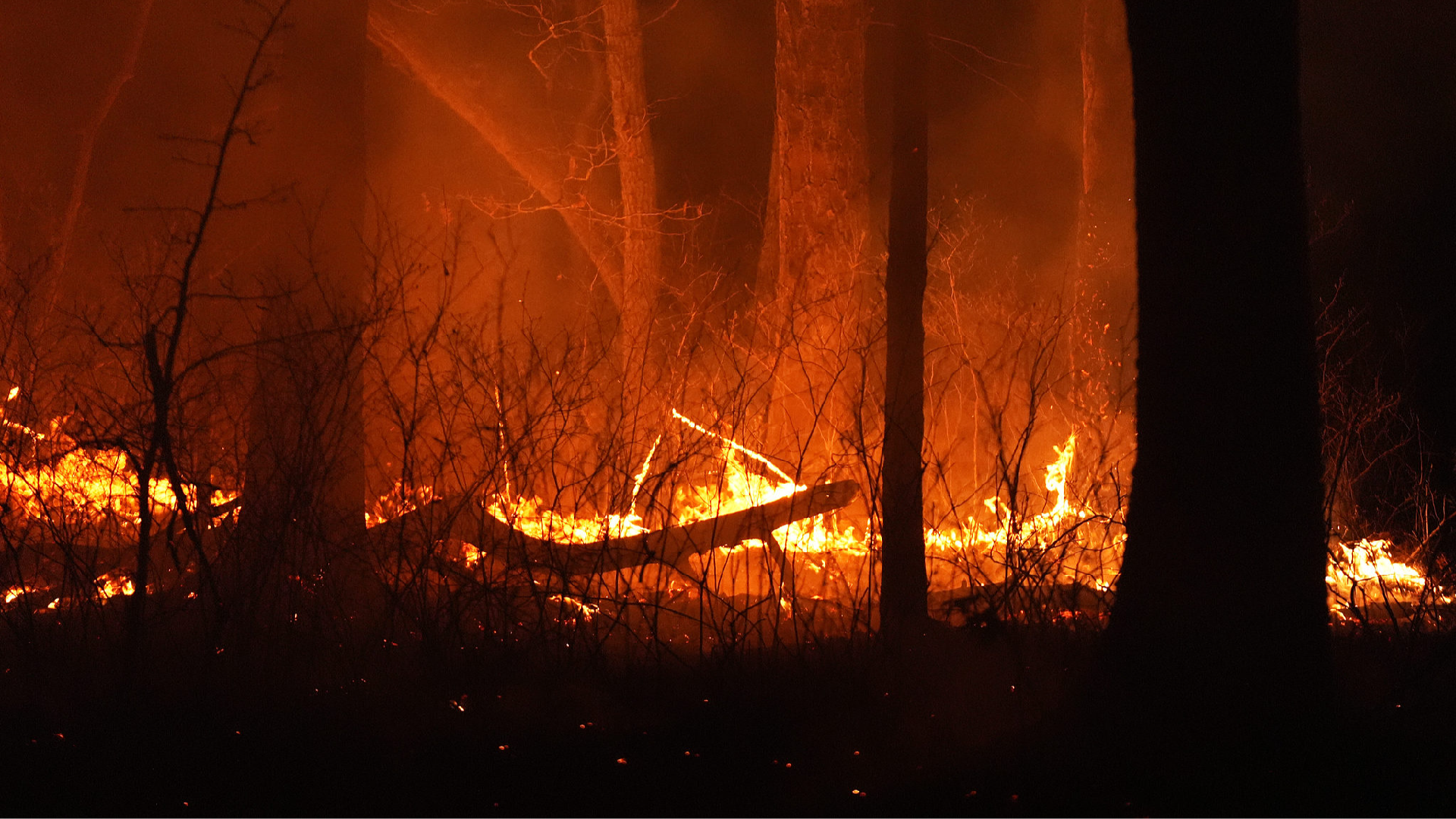Three Chinese Locations Designated as World Geological Heritages by IUGS
Three geological locations in China, featuring vegetation fossils, dinosaur fossils, and a karst landform, have been recently designated as Geological Heritage Sites by the International Union of Geological Sciences (IUGS).

The sites that garnered this recognition are the Permian vegetation at the Wuda Fossil Site in Inner Mongolia Autonomous Region, the Dashanpu Middle Jurassic Dinosaur Fossils Site in Sichuan Province, and the Guilin Karst in Guangxi Zhuang Autonomous Region, unveiled Zhang Jianping, who serves as the vice chair of the IUGS International Commission on Geoheritage and works as a professor at the China University of Geosciences in Beijing. The announcement was made at an event organized by the Nanjing Institute of Geology and Paleontology, part of the Chinese Academy of Sciences.
To date, China has seen a total of 10 of its geological sites achieve a place on the IUGS Geological Heritage Sites list.
Geological heritages, which are valuable and irreplaceable assets, accurately document the Earth's 4.6 billion-year evolutionary saga and provide a critical foundation for geological scholars.
The sites recognized as IUGS Geological Heritage possess outstanding scientific international importance, serving as global benchmarks and significantly contributing to the advancement of geological sciences over time, as per the IUGS.
Zhang highlighted that the three newly recognized sites are exemplary of China’s geological heritage and have achieved international acclaim due to their scientific importance, research potential, and current conservation efforts.
'Vegetational Pompeii' – Wuda Permian vegetation fossil site
Labeled as the "Vegetational Pompeii," the Wuda Permian vegetation fossil site shows a well-preserved peat-forming tropical rainforest that was engulfed by volcanic ash. Dating back roughly 298 million years, this prehistoric forest is now sandwiched as a tuff layer between two coal layers at the Wuda coalfield, mentioned Wang Jun, who is the director of NIGPAS.
According to Wang, the preservation of the plant remains is exceptional, including some that have kept their anatomical structures intact. He elaborated, "This site offers a unique window to understand past floral community ecology." He added that the Wuda site is unrivaled in illustrating the type of vegetation that formed coal and the appearance of a coal-forming forest.
Since its discovery in 1998 and its identification as a buried forest in 2003, an international team of around 30 experts has extensively studied the site, producing over 60 research papers.
'Jurassic Park' – Dashanpu Middle Jurassic Dinosaur Fossils Site
The Dashanpu Middle Jurassic Dinosaur Fossils Site in Zigong City, Sichuan Province, has unveiled over 200 specimens encompassing a diversity of dinosaurs and other vertebrates, stated Zeng Xiaoyun, the curator of the Zigong Dinosaur Museum. Zeng described the site as a "Jurassic Park" and said it includes 29 species from 26 genera such as sauropods, theropods, and stegosaurs among others.
Zeng expressed the site’s importance for its dense concentration of Middle Jurassic dinosaurs and its overall vertebrate diversity. He also noted that it provides invaluable samples for studying various aspects of dinosaurs and their interactions with other vertebrates.
First discovered in 1972, the site now spans about 70,000 square meters with an on-site museum built later. It has been the focus of extensive research by international teams.
Karst with scientific and artistic value – Guilin Karst
The Guilin Karst, described by Chen Weihai, deputy chief engineer at the Institute of Karst Geology of the China Geological Survey, is characterized by its stunning tower and cone karst formations. These formations are products of Paleozoic tectonic movements around the Lijiang River and its tributaries, including numerous caves.
Chen mentioned the unique basin shaped by these formations which is ideal for karst development. He highlighted the extensive karst phenomena from a combination of thick carbonate deposits and a warm and humid climate conducive to rainfall. The slow tectonic uplift of Guilin, unlike the faster uplifting areas of the Yunnan-Guizhou Plateau, adds to its scientific significance, providing a leading area of study for karst processes and their environmental effects.
Research into the Guilin Karst started in the 17th century with Chinese traveler and geographer Xu Xiake, who explored 88 caves, while contemporary studies focus on understanding the dynamics and evolution models of karst systems, along with the influence of Guilin's landscapes on Chinese artworks and poetry.
Sanya Singh for TROIB News
Find more stories on the environment and climate change on TROIB/Planet Health












